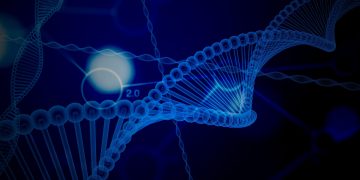
Tips and Strategies for Successful Purification of Your Proteins
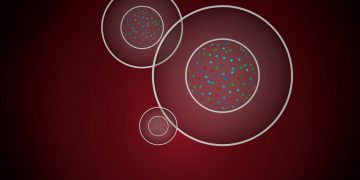
Assessing Cell Health: Apoptosis

Macrophage Polarization — An Overview
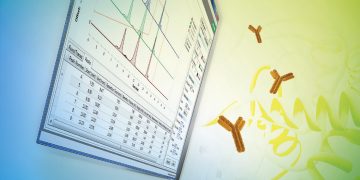
Synthesis and Purification of Recombinant Proteins — A Success Story

A Superior Method for Parallel Analysis of RNA and Protein Expression from Cell Culture Lysates
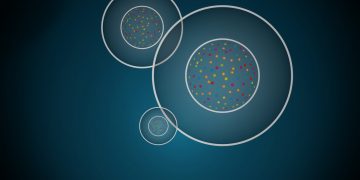
Assessing Cell Health: Viability and Proliferation

Purifying Difficult-to-Purify Proteins
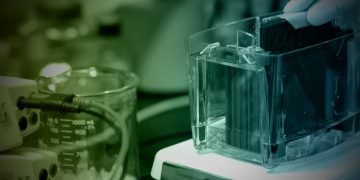
Tips for Selecting the Best Gel for Your Application

Research Review: Phasing Genomes using
Droplet Digital™ PCR
